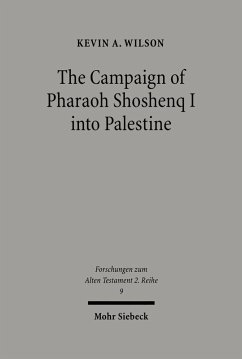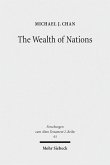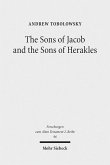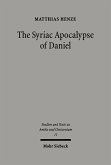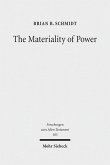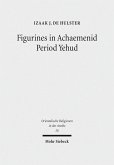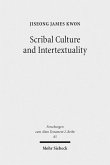The thesis of this book is that the campaign by Pharaoh Shoshenq I into Palestine in 926 B.C.E. was aimed solely at the kingdom of Judah with the purpose of supporting Jeroboam in his bid to rule Israel as a separate nation. The evidence for this campaign comes from the Hebrew Bible (1 Kgs 14:25-28; 2 Chr 12:1-12), a triumphal relief of Shoshenq at Karnak, and a fragment of a stele at Megiddo. Prior studies have attempted to reconstruct the route of the Egyptian army's march through studies of the topographical list that accompanies the triumphal relief of Shoshenq. By contrast, Kevin Wilson examines several major examples of triumphal reliefs erected by pharaohs of the New Kingdom in order to understand the genre as a whole. After a survey of other Egyptian texts considered pertinent to the campaign, the rest of this study is devoted to an analysis of the biblical texts that record the attack. The data gleaned from these analyses are then used to reconstruct the aim and purpose of the campaign. The reconstruction offered suggests that Shoshenq made his attack as part of a concerted effort to bring disunity to the region through the support of Jeroboam, whom he had harbored as a political refugee from Solomon. This foreign policy led to Egypt's position vis-a-vis the southern Levant being greatly improved. It removed a powerful kingdom that could have been a threat to Egypt, left the nations of Palestine fighting among themselves, and provided Shoshenq with a vassal state in the region. Born 1968; 1990 B.A., Carson-Newman College; 1993 M.Div., Yale Divinity School; 1994 S.T.M., Yale Divinity School; 2001 Ph.D., The Johns Hopkins University; currently Adjunct Professor of Old Testament, Virginia Theological Seminary, Alexandria, Virginia, USA.
Dieser Download kann aus rechtlichen Gründen nur mit Rechnungsadresse in A, B, BG, CY, CZ, D, DK, EW, E, FIN, F, GR, HR, H, IRL, I, LT, L, LR, M, NL, PL, P, R, S, SLO, SK ausgeliefert werden.

